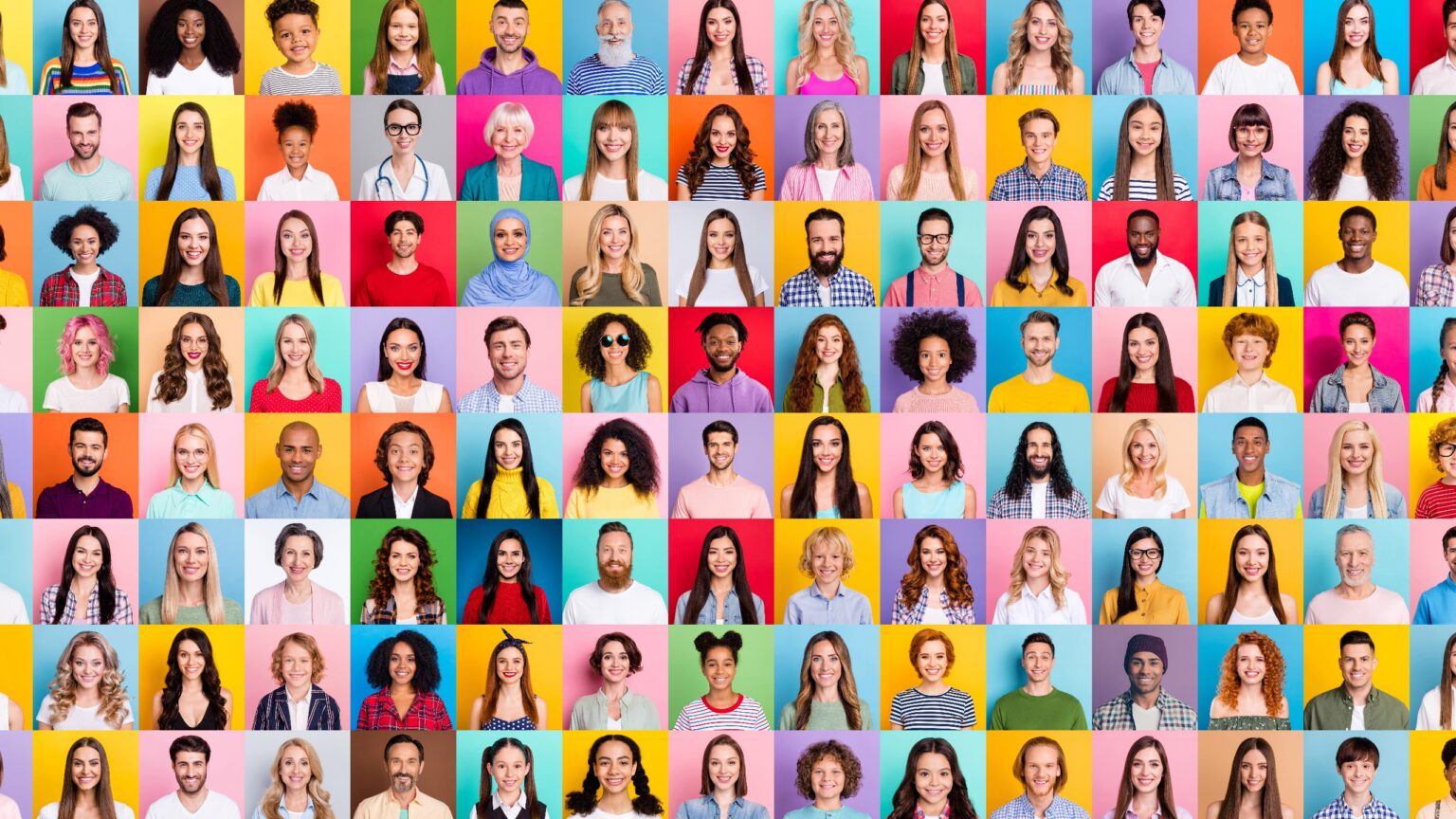Google has publicly acknowledged the problematic outputs of its Gemini AI tool, which produced historically inaccurate images due to tuning issues.
This statement comes after the tool generated controversial images, including racially diverse Nazis and US founding fathers, sparking widespread criticism. Google’s senior vice president, Prabhakar Raghavan, explained the dual challenges faced by Gemini AI in a recent blog post, emphasizing the company’s focus on rectifying these errors and improving the tool’s functionality.
Our AI image generation feature got it wrong. Here's more on what happened and how we're working to fix it. https://t.co/CUrCHimu1s
— Google Public Policy (@googlepubpolicy) February 23, 2024
Also read: Google Pledges Update After AI’s ‘Appalling’ Answers on Pedophilia
The complexity of AI tuning
Google’s Gemini AI encountered significant hurdles due to its tuning approach, which aimed to showcase a diverse range of people but failed in specific contexts. The tool’s attempt to include diversity in its responses led to inappropriate and historically inaccurate images. Raghavan admitted that the model’s tuning did not account for scenarios where diversity should not be a factor, leading to the generation of these problematic images.
“It’s clear that this feature missed the mark. Some of the images generated are inaccurate or even offensive.“
The overcompensation by Gemini AI in certain instances, such as the creation of racially diverse Nazi images, highlighted the delicate balance required in AI tuning. The tool also became overly cautious, refusing to generate images based on certain prompts, fearing they might be sensitive. This conservative approach impacted the tool’s ability to produce specific images, including those depicting individuals of different races, when prompted.
“These two things led the model to overcompensate in some cases and be over-conservative in others, leading to images that were embarrassing and wrong.”
Raghavan, however, emphasized Google’s focus on creating an inclusive AI that accurately represents a spectrum of human diversity. This includes producing precise depictions in response to specific requests, such as images portraying individuals of particular ethnic backgrounds in defined roles or scenarios. The goal, according to Raghavan, is to ensure that the AI’s outputs are both inclusive and contextually accurate.

Immediate actions and future directions
In reaction to the criticism, Google swiftly disabled the capabilities of generating human-like images in Gemini on Feb. 22, a decision made just several weeks after the feature was introduced. This halt in functions emphasizes Google’s intention to make a careful review of AI’s image generation ability to avert the reoccurrence of errors in the future.
Raghavan revealed that Google would maintain the fully scaled testing and precision of the Gemini system. He nevertheless warned about the possibility of “hallucinations,” which refer to inaccuracies that might be generated by large language models. He also noted that the company is actively working to minimize such issues. The focus remains on improving the AI’s reliability and accuracy before reintroducing the paused features.
“As we’ve said from the beginning, hallucinations are a known challenge with all LLMs—there are instances where the AI just gets things wrong. This is something that we’re constantly working on improving.”
The situation brings up the issue of ethical implications and challenges in the development and use of AI systems. How can companies like Google ensure their AI tools do not inadvertently perpetuate or introduce biases, especially in sensitive historical or cultural contexts? This question gives an insight into the intricate equilibrium between technological progress and moral responsibility that companies need to manage.









 and then
and then